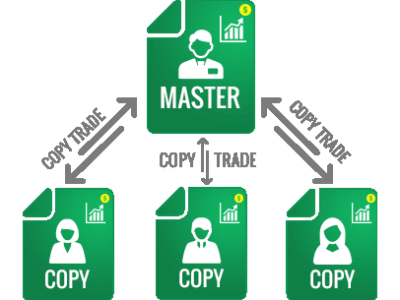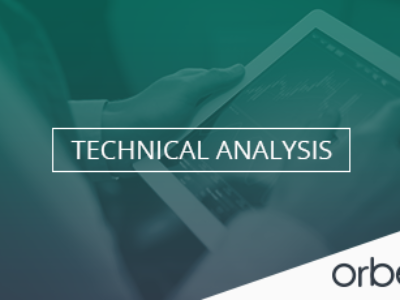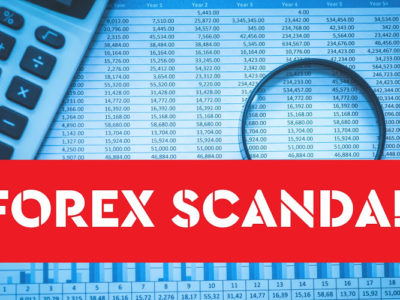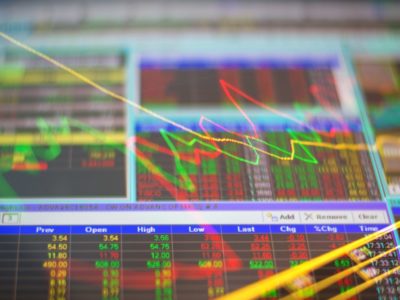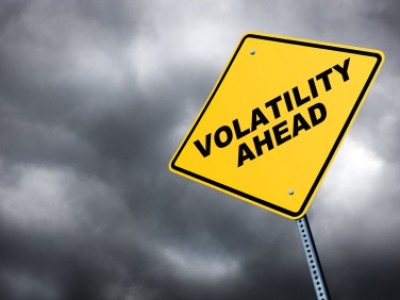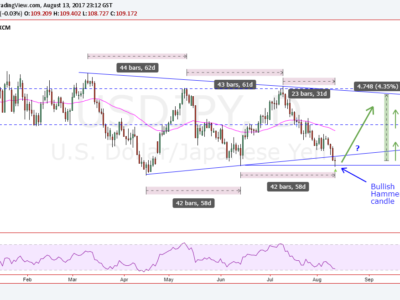How To Read Forex Charts – Your Ultimate Guide
If you’re planning to find success in the world of Forex trading, then learning the skill of reading Forex charts is an absolute must. In general, the humble chart is an essential component of Forex and CFD trading and learning how to best use the information presented in the chart is one of the defining factors between the amateur and the professional.
With this in mind, we have several tips to share with you that will help you read a chart effectively, and ultimately allow you to use the information you learn to make profitable trades – so let’s begin.
1 Forex Charts – 4 Important Steps
Step 1 – Get your charts from a reliable provider
First of all, it’s vital to ensure the Forex charts are accurate and up-to-date. No matter how skillful you are at discerning the data on the chart, it’s all for nothing if your chart is inaccurate or out-of-date, so the first step is to make sure you’re using a legitimate provider who is well known for providing the most accurate information on the market.
Step 2 – Pick your time frame
The next step is to pick an appropriate time frame to judge the data by. Keep in mind that the values within your chart will only be relevant in accordance to a specific time frame – so you need to crop the chart to find the data that’s most relevant to your Forex or CFD trading practices.
Fortunately, this is very straightforward if you’re reading Forex charts online – and you can quickly select a variety of timeframes regardless of whether you’re viewing daily, weekly, monthly, or annually.
Step 3 – Check your currency
Once you’ve established a timeframe, it’s time to analyze your chosen currency to learn more about the fluctuations that have been occurring within your chosen timeframe.
Begin by checking your Y axis (the horizontal one) for an indication of a comparative asset price. When this line is fluctuating, you’ll be learning about how your chosen currency is performing within the Y axis. Next, you’ll need to check the X axis (vertical), to see how it compares.
Step 4 – Use the advanced chart structures
Once you get to grips with the basics of chart reading, you’ll be able to learn a great deal from the more advanced chart structures. In particular, it’s worth paying attention to candlestick charting, which shows you several trading characteristics for a specific day, with the bottom and top showing the movement of price. A good way to learn how to use these is to sign up with one of the providers for Forex and CFD trading.
In general, you’ll find that many currency charts make good use of the candlestick charting technique, so learning how to best use this is certainly worth your time. Additionally, you may benefit from looking at the Fibonacci retracement, which shows you certain spikes or dips that could point towards a trend. Learning to jump on these trends at the right time can lead to very profitable days.
2 Conclusion
Overall, it’s clear to see that learning how to read and effectively use Forex charts is an important component of the Forex puzzle. If you’re a beginner who’s still learning the art and science of Forex and CFD trading, it’s well worth your time to study the charts and glean the secrets hidden within.


